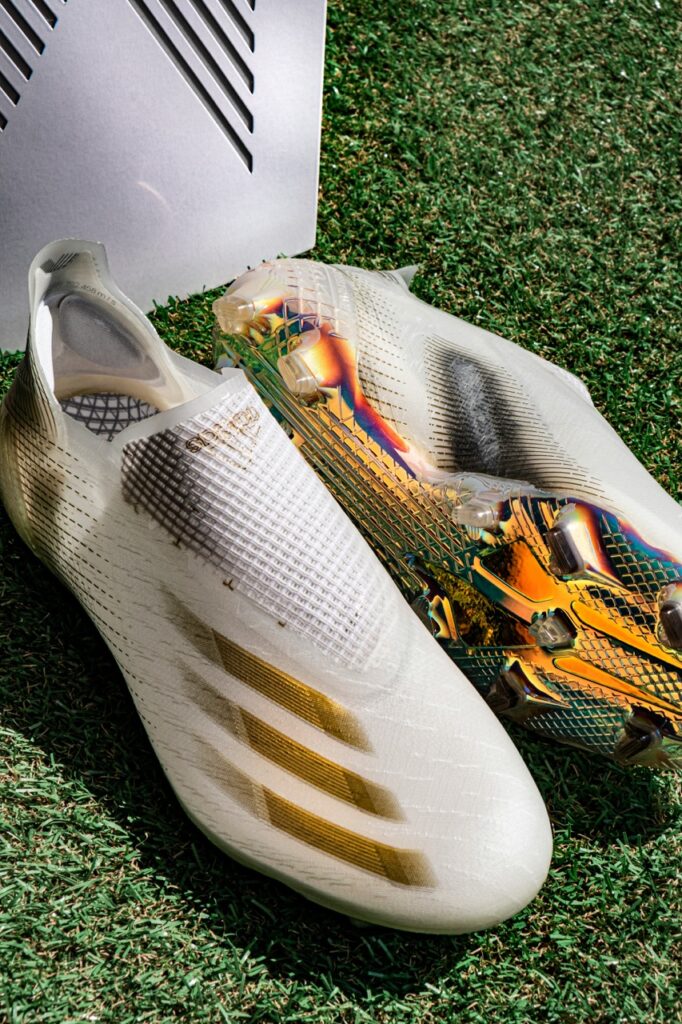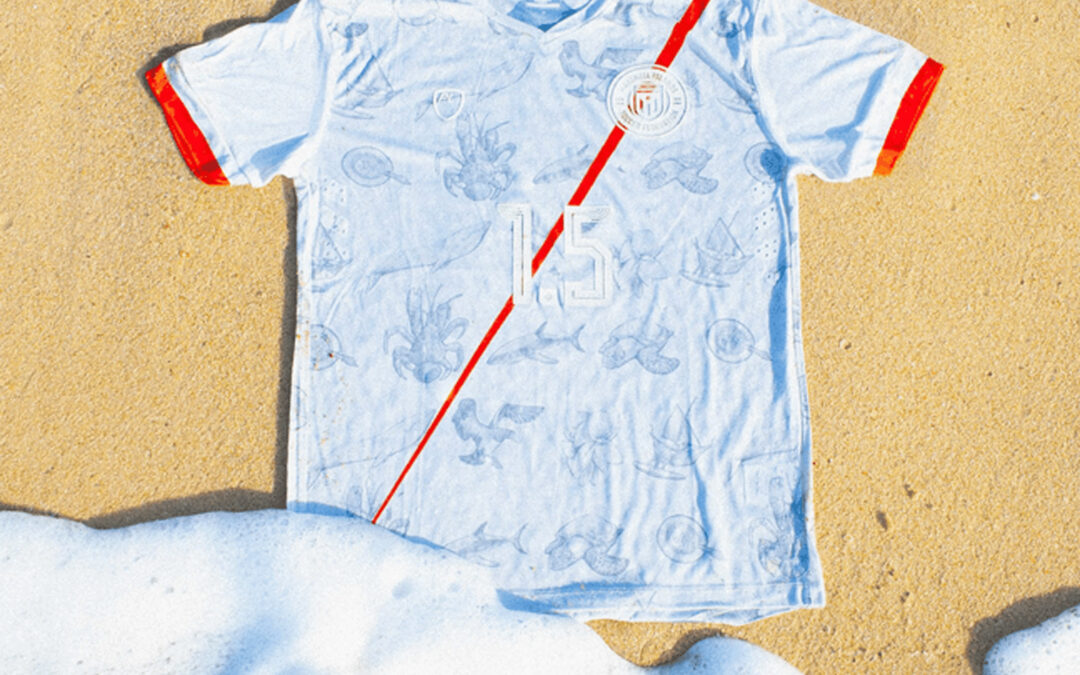Today, boots are more eye-catching, colourful and expensive than ever. They often cost football lovers hundreds of pounds per pair. Were the classic black-and-white football boots of the 1980s and 90s were better, due to their high-quality materials and production? PlayStyles speaks to former Preston North End players to uncover how the humble football boot has evolved, and whether modern designs truly outshine the old classics.
Cleats have been reborn in football’s modern era. The days of boring, monotonous designs have gone, replaced by designs which seem to get more vibrant every season. However, are these designs just a front for cheaply produced, poorly made boots? More importantly, were the boots seen in the 80s and 90s actually better than modern alternatives?

The transition from old boots to modern boots started with one man: Craig Johnson. After retiring from professional football, ex Liverpool and Middlesbrough midfielder started experimenting with boot design by sticking pieces of rubber onto the instep to aid ball control. After Johnson convinced Adidas to start producing the design, the Predator quickly became a classic, with legends like Beckham and Zidane all wearing the boots.
They are the best-selling boots of all time, still being worn today by the likes of Bellingham and Pedri. Ultimately, Johnson’s genius got the ball rolling towards the modern football boots that we know and love. Alongside the revolutionary Predator, the transformation of boots over the past few decades owes its leap to new technologies and materials. In the 1990s, most pairs of boots weighed between 300 and 400 grams, crafted from thick, natural leathers like kangaroo leather.
Today, thanks to cutting-edge synthetic materials – such as microfiber, engineered mesh, and lightweight TPU – modern boots weigh as little as 180 to 200 grams-almost half the weight of their predecessors. Known for being both soft and supple yet durable and protective, kangaroo leather was used throughout the 80s and 90s in famous models like Puma Kings, Adidas Kaisers and Adidas Copa Mundials. Unfortunately, ethical issues and rising costs have forced manufacturers to move away from ‘k-leather’, but many footballers from that era still consider the material to be unmatchable in terms of both comfort and performance.
Lee Cartwright is a former professional footballer with over 600 professional appearances in a career which spanned 17 years. Despite retiring in 2008, the ex-Preston and Stockport man still holds kangaroo leather close to his heart:
“A boot company called Aline started giving me free boots, and they were made out of kangaroo leather. They were beautiful. Incredibly soft, just fantastic boots. I don’t think any of the new materials they use can ever compare. I don’t think it’s a coincidence that players now are getting a lot more foot injuries, like broken metatarsals, because the materials used now aren’t as thick and protective.”
Visually, the starkest change in football boots since the 90s has been the shift from traditional black and white designs to vibrant and colourful styles. In 1998, Nike released the iconic R9 Mercurial, a defining moment which not only changed football boots forever but marked the beginning of a new era in the sport itself. Designed specifically for Ronaldo Nazario’s use at the 98 World Cup, the boot shattered decades of tradition with its silver, blue and yellow colourway.
While many still opt to wear black and white boots at grassroots and amateur levels, very few professionals don the classic styles. In addition to a variety of colours, football lovers are now also presented with differing boot levels, categories and classes, which are seemingly impossible to decipher.
Cartwright added: “You go into any sports shop or look online now, there’s every colour under the sun available to buy. Brands like Nike must make at least 20 different styles, whereas when I played there were maybe 6/7.
The issue we’ve got now is the cost. It’s alright for the pros who don’t have to pay for boots, but for the young kids who are aspiring to be footballers, the price can be over £200. How can you pay that for a pair of boots that might only last long.”
Cartwright’s generation of football fans seem to be confused by this sharp increase in boot prices, and understandably so. If expensive, luxury materials like kangaroo leather are being swapped for cheaper, readily available alternatives, then how are manufacturers charging astronomically high prices?
Like most things, this issue stems from the very top of the game. Nowadays, the majority of professional players are signed up on expensive sponsorship deals, kitting them out in the latest and most fashionable boots on the market.
While sponsorship deals still existed back in the 90s, they were far less lucrative and flashy. Matt Lambert played professionally for Preston North End, Bury and Morecambe in the early 1990s, before injury forced him into early retirement.
Speaking to PlayStyles about his experiences with boot sponsors, he said: “As an apprentice at Preston, the club had a contract with Mitre. All the youth players would be given Mitre boots, and they were shocking, absolutely shocking. Awful boots.
A bit later on I was then sponsored by a sports shop in Morecambe, they used to sort me my boots. But it wasn’t as glamorous back then as it is now. Boots have changed so much since when I played. I remember when I was a youth player, every Friday morning we had to get all the boots from the senior pros and get them ready for the games. Back then, if there was an issue with the studs, you used to have to get a hacksaw and cut them out because they couldn’t be unscrewed!”
When hearing descriptions like that about old boots, it’s easy to say that modern boots are better. While ex-players may still feel nostalgic about what they used to lace up in, none can argue that the changes in technology are for the better.
There are some aspects of classic boots which would have a positive impact on the modern game, such as the increased protection and comfort of proper leather. But, all good things have to come to an end. And, with technology and science becoming better every season, the future of football boots is exciting for all who love the beautiful game.



